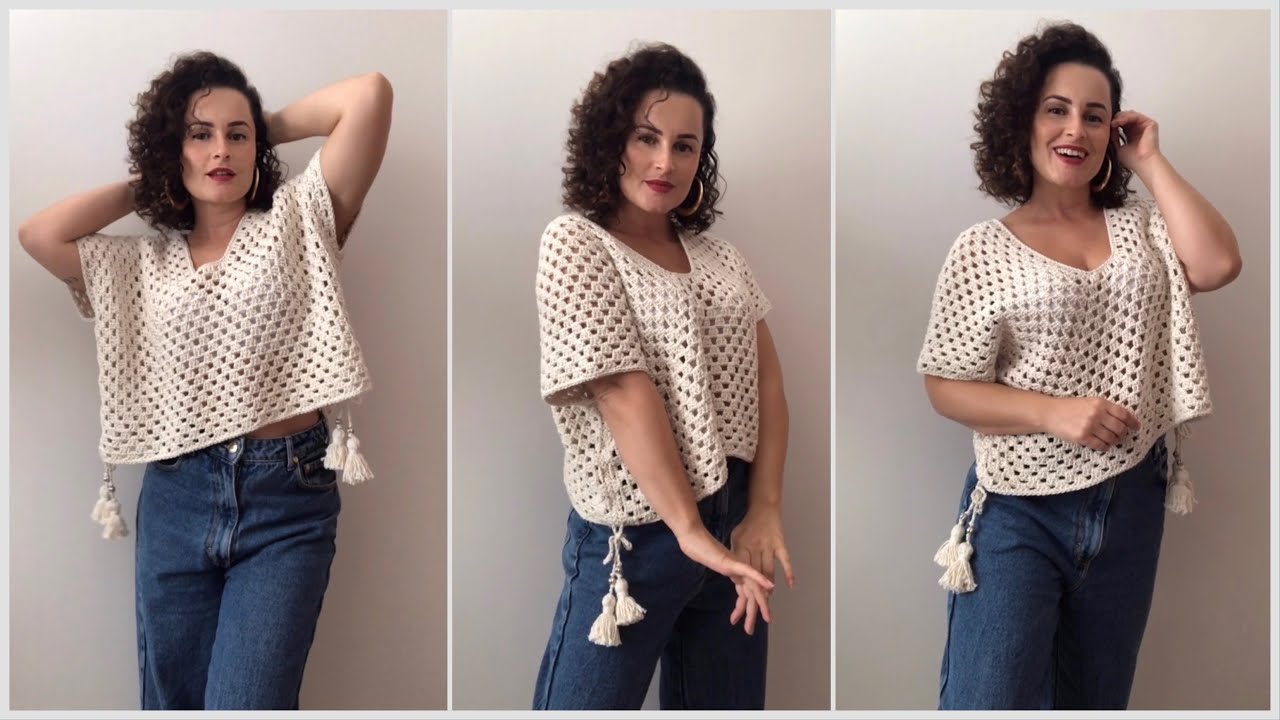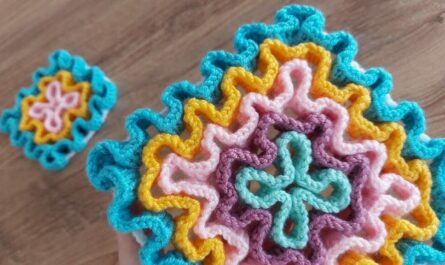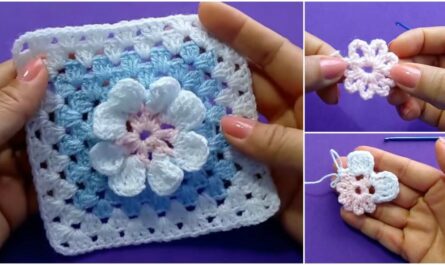Why Choose a Custom Crochet Dress?
Opting for a custom crochet dress offers distinct advantages that off-the-rack garments simply can’t match:
- Unparalleled Fit: Say goodbye to ill-fitting seams or awkward lengths. A custom dress is crocheted precisely to your measurements, ensuring a flattering silhouette that celebrates your body.
- Unique Design: This is where your imagination takes flight. You dictate the style, stitch patterns, neckline, sleeves, length, and embellishments, resulting in a dress that is truly one-of-a-kind.
- Perfect Yarn & Color Choice: You have the freedom to select the exact fiber (cotton, silk, merino, bamboo, etc.) for desired drape and feel, and the precise shade or combination of colors to match your vision or complement your complexion.
- Personal Expression: A custom dress is a reflection of your personality and style, a garment that tells a story and embodies your individuality.
- Heirloom Quality: Handmade with care and specific to your needs, a custom crochet dress can become a cherished heirloom, passed down through generations.
- Ethical & Sustainable: Choosing handmade supports artisans and often involves more sustainable practices compared to fast fashion.
The Journey of a Custom Crochet Dress: Collaboration & Craftsmanship
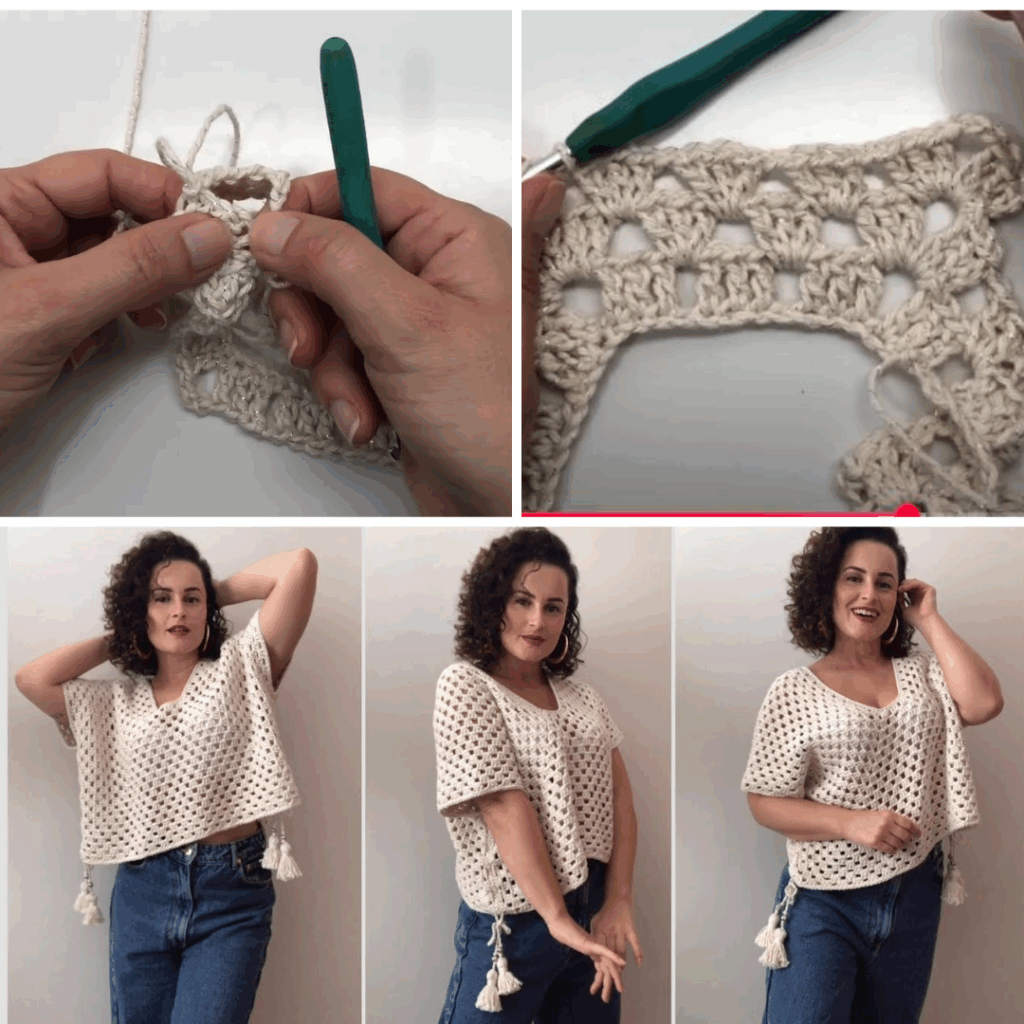
Whether you’re commissioning an artisan or embarking on this ambitious project yourself, the process of a custom crochet dress is a journey of collaboration and meticulous creation.
1. The Vision & Consultation
- Inspiration Gathering: This is your chance to dream! Collect images of styles you love, color palettes that speak to you, and crochet textures that intrigue you. Think about the occasion, desired feel (casual, formal, bohemian), and preferred silhouette (A-line, fitted, flowing maxi, midi, etc.).
- Initial Discussion (with an artisan): Share your ideas, measurements, and budget. A skilled crochet artist will discuss feasibility, suggest appropriate yarns and stitches, and help refine your vision into a workable design. They might sketch concepts or create mood boards.
- Self-Design & Swatching (for DIY): If you’re the crafter, this phase involves sketching your design, choosing potential stitch patterns, and beginning to swatch with different yarns to test drape, texture, and gauge.
2. Design & Pattern Development
- Detailed Sketch & Specifications: The artisan will translate the refined vision into a detailed sketch with specific measurements, stitch patterns, and construction notes. This becomes the blueprint.
- Yarn Selection: This is a crucial step. The chosen yarn dictates the drape, texture, comfort, and longevity of the dress. Factors like fiber content, weight, and colorfastness are thoroughly considered.
- Gauge Swatch (Essential!): Both the client and the artisan (or the DIY crafter) must understand the importance of gauge. A comprehensive gauge swatch in the exact yarn and stitch pattern is crocheted and blocked. This ensures the dress will be the correct size and have the desired fabric properties.
- Pattern Drafting: A custom pattern is either drafted from scratch based on measurements and design elements, or an existing base pattern is meticulously adapted.
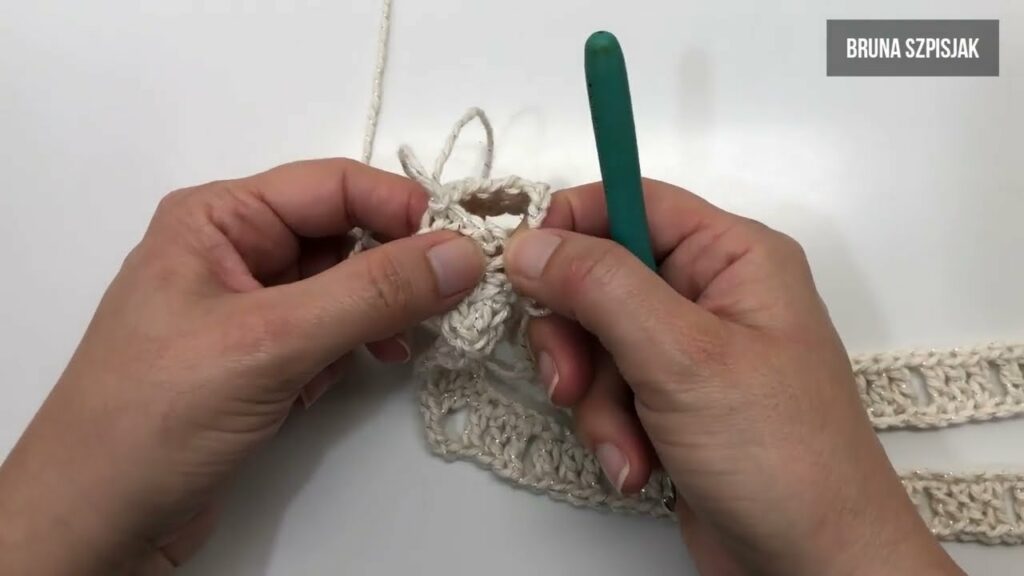
3. The Crocheting Process
- Meticulous Crafting: The dress is crocheted stitch by painstaking stitch. This is a time-intensive process that requires skill, patience, and attention to detail. Depending on the complexity of the design, stitch patterns might change, colors might be introduced, and shaping will be meticulously executed.
- Progress Updates (for commissioned pieces): A good artisan will provide updates, photos, or even fitting opportunities at key stages (e.g., after the bodice is complete) to ensure the fit is perfect and the design is progressing as envisioned.
- Troubleshooting (for DIY): Be prepared for potential adjustments to stitch counts or shaping if your gauge varies or if you want to modify the design as you go.
4. Fittings & Adjustments (for commissioned pieces)
- Mid-Process Fittings: For more complex or fitted designs, one or more fittings might be scheduled. This allows the artisan to make precise adjustments to the garment’s fit while it’s still in progress, ensuring a truly custom result.
- Final Fitting: Once the dress is complete, a final fitting ensures everything is perfect before the final blocking and delivery.
5. Finishing & Blocking
- Weaving in Ends: Every single yarn tail is meticulously woven into the fabric for a clean, professional finish.
- Edging & Embellishments: Any final details like necklines, cuffs, hems, buttons, zippers, or sewn-on embellishments are completed.
- Blocking (The Ultimate Transformation): This is arguably the most crucial step for a crochet dress. The finished garment is gently wetted or steamed, carefully shaped to its exact measurements, and allowed to dry completely. Blocking evens out stitches, enhances drape, opens up lace patterns, and sets the final, elegant shape of the dress.
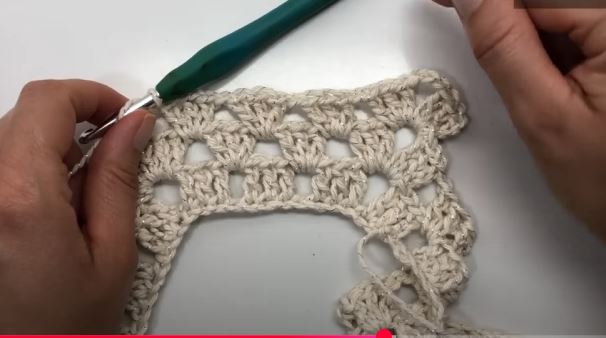
Key Considerations for Your Custom Dress
- Budget: Custom work requires significant time, skill, and often higher-quality materials. Be prepared for the investment, which reflects the unique value.
- Timeline: A custom crochet dress is not a quick project. Depending on complexity, it can take weeks or even months to complete. Plan accordingly, especially for special occasions.
- Yarn Choice & Drape: The choice of yarn fundamentally impacts how the dress will hang and feel. For flowing dresses, opt for fibers like bamboo, rayon, mercerized cotton, or silk blends. For more structured dresses, cotton or certain wools might be suitable.
- Lining: If your crochet pattern is very open or you prefer extra coverage, discuss options for a sewn-in fabric lining with your artisan, or plan to wear a slip underneath.
- Care Instructions: Understand the specific care requirements for your custom dress based on the chosen yarn to ensure its longevity.
Finding or Becoming a Custom Crochet Artist
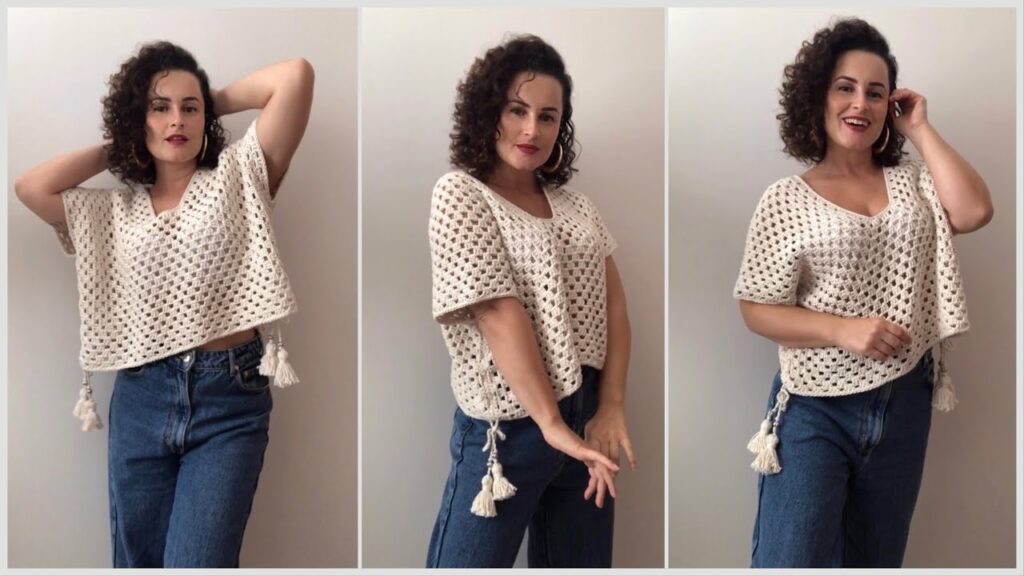
- Finding an Artisan: Look for experienced crocheters specializing in garments. Platforms like Etsy, Ravelry, Instagram, and local craft guilds are great places to start. Review their portfolios and read testimonials.
- Becoming One: If you aspire to crochet custom dresses, hone your skills in garment construction, understanding gauge, shaping, and various stitch patterns. Start with simpler pieces and gradually increase complexity. Practice meticulous finishing.
A custom crochet dress is more than just an item of clothing; it’s a testament to slow fashion, personal expression, and the enduring beauty of handmade craft. It’s a garment born from a unique vision and brought to life by skilled hands, ready to be cherished for years to come.
Video Tutorial ;
